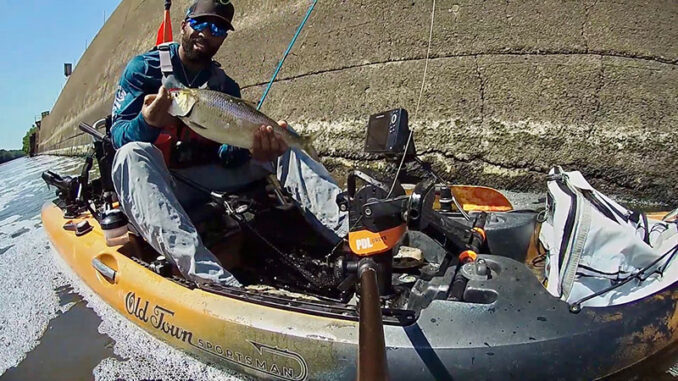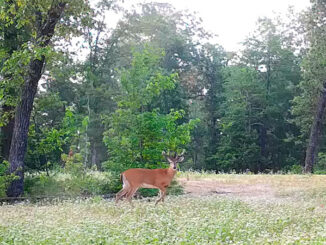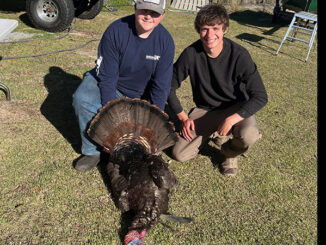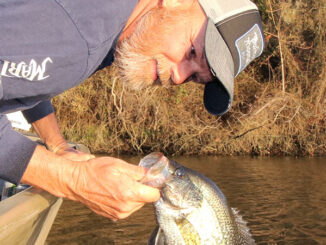
American shad run up the Cape Fear in spring
Shad make their annual pilgrimage up the Cape Fear River beginning in March, and the fishing for them is in full swing throughout April.
Jay Jackson (@jay2country) of Fayetteville, NC said these are among his favorite fish to catch.
“My favorite species to fish for of all time is the American shad. They are a completely underrated fish, and pound-for-pound, they pull extremely hard, especially on light tackle,” said Jackson.
Jackson’s favorite way to pursue these fish is from his Old Town pedal kayak, which allows him to use his legs to move, keeping his hands free to fish.
“Having a pedal kayak allows me to cast while I’m moving, and then once I’m in position, I can use my legs to keep my kayak in one spot, so it’s kind of like being anchored without the trouble of using an anchor. So when I get to a spot I like, I can just stay right there and make as many casts as I want,” he said.
Jackson targets shad with Blue Fox inline spinners and Shad Darts.
“I like to use colors that are flashy and bright. Chartreuse is a good one. And even plain white really stands out to these fish,” he said.
Jackson said anglers can catch shad at Lock & Dam 1, 2 and 3. But Lock & Dam 2 is usually his most productive spot.
“At Lock & Dam 2, they are usually right around the actual dam, and closer to the wall, and just a little bit back from the actual dam. If you can keep yourself in place, you can catch them all day long most days in April,” he said.
Part of the fun in catching shad is feeling their power. So Jackson said anglers should stay fairly light when it comes to gear. But not too light, because these fish are fierce fighters.
“I’d say a 2000-size spinning reel is your best choice. I like a medium or medium-light, 7-foot rod, and I use 8-pound test line,” he said.
Jackson suggests using a steady retrieve instead of imparting any type of erratic action to your lure.
“These fish aren’t actually eating for the most part. They only have spawning on their minds, so almost every bite you get is a reaction bite. And you’ll get plenty of those with just a steady retrieve,” he said.





Be the first to comment